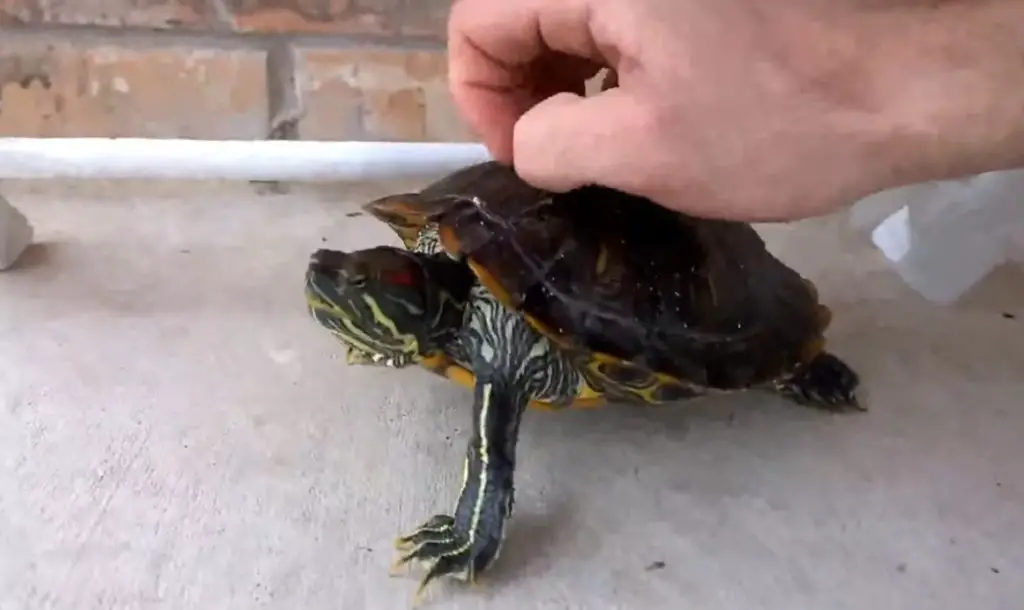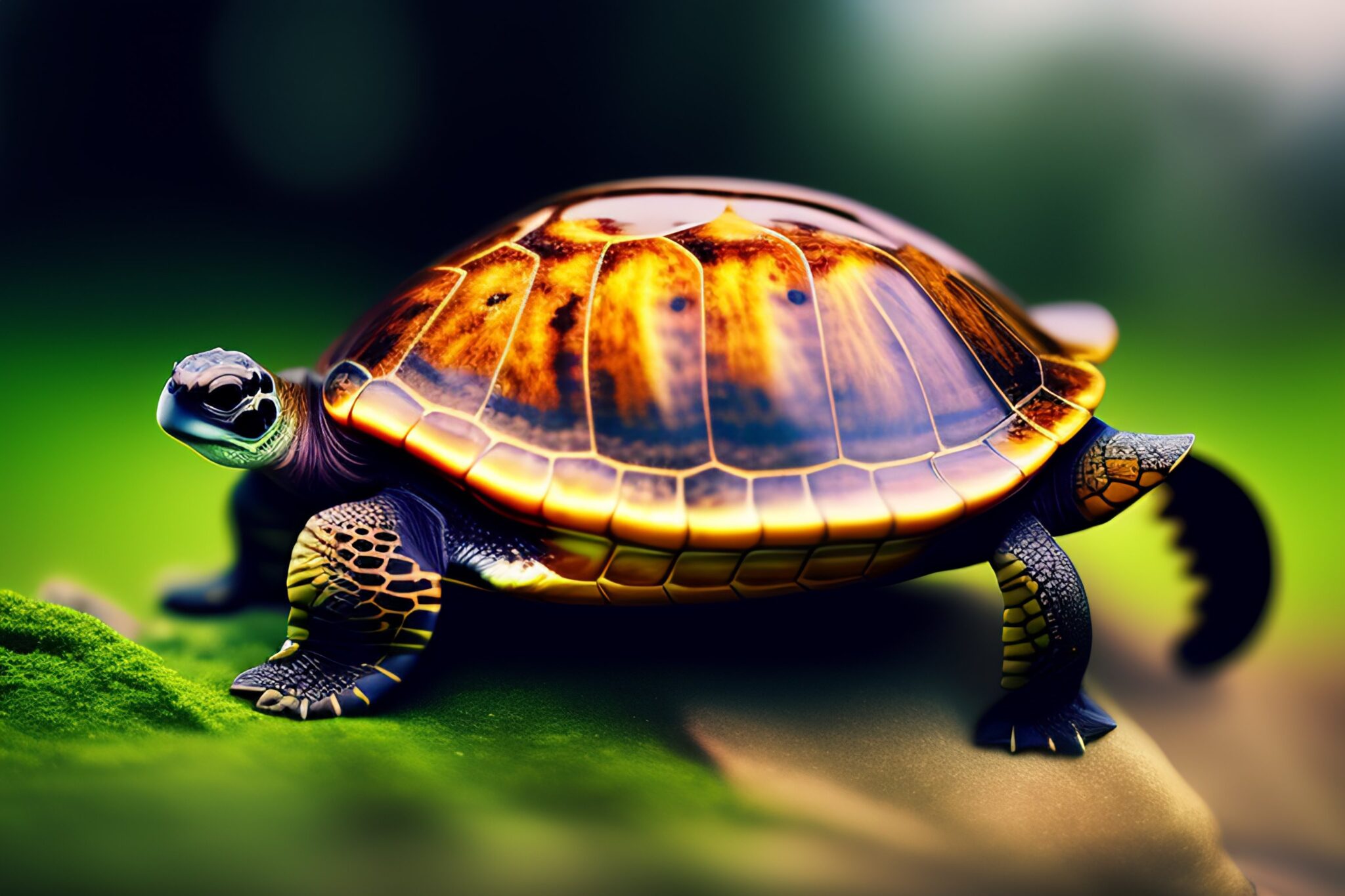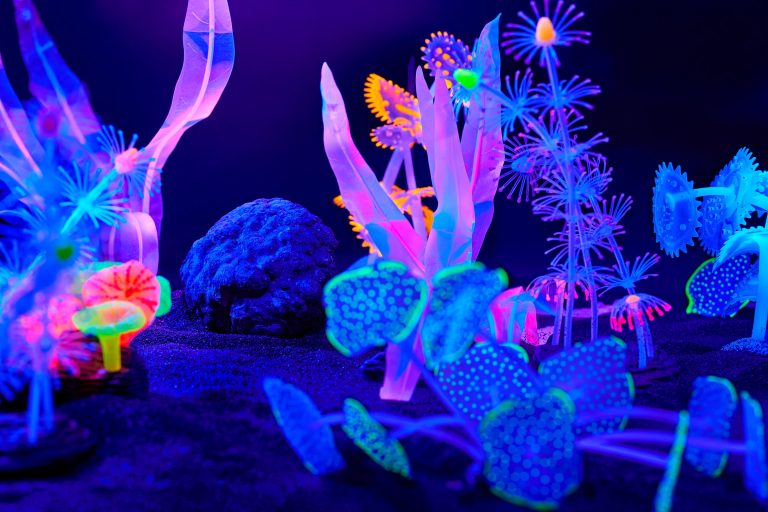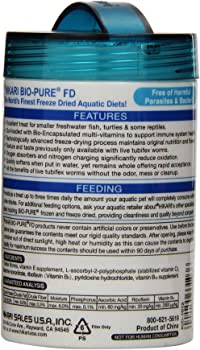Can Turtles Live Without Their Shell
Can Turtles Live Without Their Shell?
Yes, turtles cannot live without their shells. The shell is an integral part of a turtle’s anatomy and provides vital protection and support. Without their shells, turtles would be extremely vulnerable to external threats and physical damage. Let’s explore the importance of the turtle shell and why they cannot survive without it.
The Turtle Shell: A Remarkable Adaptation
The turtle shell is a remarkable adaptation that sets turtles apart from other reptiles. It is a unique feature that provides protection, support, and storage for the turtle’s internal organs. The shell is made up of two main parts: the carapace and the plastron.
The carapace is the upper part of the shell and is typically hard and domed in shape. It acts as a shield, protecting the turtle’s back and internal organs from predators and other external threats. The plastron, on the other hand, is the lower part of the shell and is often flatter and softer. It serves as a protective covering for the turtle’s belly.
The turtle shell is not just a solid structure; it is an extension of the turtle’s skeletal system. The carapace is formed from modified ribs, while the plastron is made up of modified bones from the turtle’s collarbone and breastbone. This unique skeletal adaptation allows the turtle to retract its head, limbs, and tail inside the shell for complete protection.

The Importance of the Turtle Shell
The turtle shell serves several crucial functions that are essential for a turtle’s survival in its natural habitat.
1. Protection: The primary purpose of the turtle shell is to provide protection from predators, such as birds, mammals, and other reptiles. The hard exterior of the shell is a deterrent for most attackers, preventing them from reaching the turtle’s vulnerable body and organs.
2. Support: The shell also provides structural support for the turtle’s body. It acts as a framework, allowing the turtle to maintain its shape and move with ease. The shell is attached to the turtle’s spine and ribs, providing stability and strength.
3. Temperature Regulation: Turtles are ectothermic animals, meaning they rely on external sources of heat to regulate their body temperature. The shell helps in this process by providing insulation and retaining heat. Turtles can bask in the sun on their shells, absorbing warmth and regulating their internal temperature.
4. Storage: Some turtles, like the box turtle, can partially retract their limbs and close their shell tightly to create a seal. This adaptation allows them to conserve moisture and survive in arid environments with limited water sources.
Why Can’t Turtles Live Without Their Shells?
Turtles cannot live without their shells because the shell is an integral part of their body, providing vital support, protection, and structural integrity.
1. Vulnerability: Without their shells, turtles would be extremely vulnerable to predators and environmental hazards. Their soft bodies would be exposed and prone to injury, infection, and predation. Turtles rely on their shells for defense, and without it, they would be defenseless.
2. Physical Damage: The turtle shell is crucial for the proper functioning of a turtle’s internal organs. It provides a sturdy framework that protects the heart, lungs, liver, and other vital organs. Without the shell’s support, these organs would be at risk of damage or displacement, leading to severe health problems or even death.
3. Mobility and Movement: Turtles use their shells for locomotion and movement. The shell acts as a base for the attachment of their muscles and allows for the coordination of their limbs. Without the shell, turtles would struggle to move efficiently, making it challenging for them to find food, mate, and escape from danger.
4. Survival in Aquatic Environments: Many turtle species are adapted for aquatic environments and rely on their shells for buoyancy and swimming. The shell’s shape and structure enable turtles to navigate through water with ease. Without their shells, aquatic turtles would struggle to survive and face difficulties in hunting, finding shelter, and avoiding predators.
Frequently Asked Questions
Can a turtle survive if its shell is cracked or damaged?
While cracked or damaged shells can be serious and potentially life-threatening injuries for turtles, they have a remarkable ability to heal. With proper care and veterinary intervention, turtles can recover from shell injuries, as long as the damage is not extensive and does not affect their vital organs.
Are there any turtle species with soft shells?
Yes, there are some turtle species with soft shells, such as the softshell turtles. Unlike other turtle species, which have hard shells, softshell turtles have flexible, leathery shells. These shells provide a different kind of protection and allow the turtles to move more agilely in water. However, even softshell turtles cannot live without their shells.
Can a turtle outgrow its shell?
No, turtles do not outgrow their shells. Their shells grow along with them as they age and reach their maximum size. The shell is a permanent part of a turtle’s body and cannot be shed or replaced like some other reptiles’ skin.
Final Thoughts
The turtle’s shell is an incredible adaptation that provides protection, support, and structural integrity. Without their shells, turtles would be vulnerable to predators, physical damage, and environmental hazards. The shell is a vital part of a turtle’s anatomy, and turtles simply cannot survive without it. It is a reminder of the remarkable diversity of nature’s designs and the unique adaptions that help organisms thrive in their environments.






